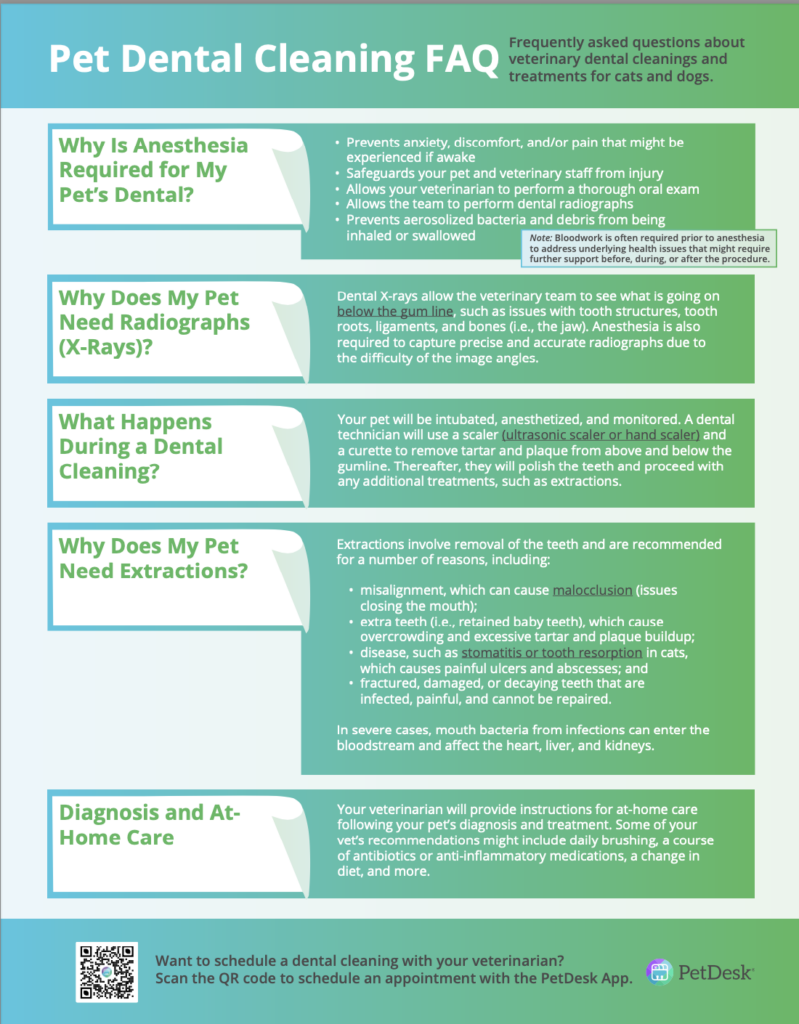Pet Dental Awareness Month
February is Pet Dental Awareness Month
Just as humans need to brush their teeth and get regular dental cleanings, so does your pet! While cavities are rare, tartar buildup is so common that about 80% of dogs and 70% of cats over three years* old suffer from some form of periodontal disease.
Typically there won’t be any signs of Periodontal disease, which is why we recommend having your pet’s teeth checked regularly by a veterinarian once they are over the age of three years old.
Advanced symptoms of periodontal disease in pets include:
- Yellow or brown coloured teeth
- Bad breath
- Inflamed, swollen or bleeding gums
- Excessive drooling
- Ropey or bloody saliva
- Irritability
- Reduced appetite
- Weight loss
- Chewing on one side of the mouth
- Loose or missing teeth
While the most obvious symptom is stinky breath, periodontal disease can have much more serious effects including:
- Chronic pain
- Gum erosion
- Loss of bone and teeth
- Heart, liver or kidney disease
Why does this happen?
Plaque is bacteria which builds and calcifies under the gumline. Their body’s immune system responds with inflammation to kill the bacteria, which erodes the gum tissue (gingivitis). If enough bacteria builds up, it can enter the bloodstream and affect other organs, such as the heart, liver, or kidneys.**
How can you prevent it:
- Brush often (ideally every second day but at least once per week)
- Use veterinarian-approved toothpaste (definitely not human toothpaste!)
- Dental chews
- Water additives
- Dental diet foods (ask your veterinarian for recommended brands)
- Regular scheduled dental cleaning with your veterinarian
What happens during a dental cleaning?
Your pet has to go under general anesthetic for dental cleanings. The main problem is the bacteria and plaque sitting under the gum, which cleanings cannot get to when the pet is awake. See the FAQ infographic from Pet Desk below:

*Source: AVMA
**Source: WSAVA